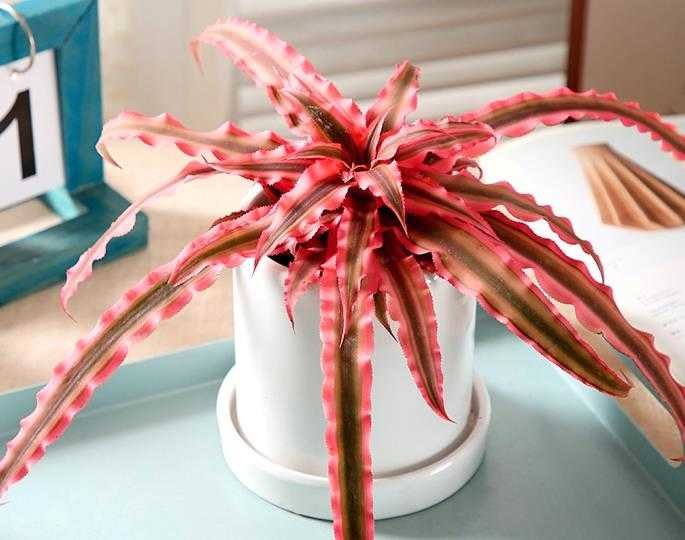The maintenance method and precautions of the three -color dragon blood tree for three -color dragon blood tree
The maintenance method of three -color dragon blood tree
1. Soil
The cultivation soil of the three -color dragon and blood trees is best to drain well, loose breathable, and rich in humus. When it is equipped with soil, it can be mixed with corrupt leaf soil, coconut bran, and sand according to the proportion.After the soil is prepared, disinfection and sterilization can be performed to remove germs and pests.During the cultivation, the soil is loosening regularly to keep the soil loose and soft.
2. Light
When the three -color dragon blood tree is maintained, the sunlight is a very important factor. It is more shade -resistant, but the sun cannot lack the sun during the growth. Only by ensuring that the sunlight is irradiated can the leaf color be more beautiful.It can be kept in the sun in the room. The growth period can be moved to the Outdoor to see the light, but pay attention to avoid strong light.
3. Temperature

For the three -color dragon blood tree, it can grow rapidly at a suitable temperature and can promote strong growth.The suitable growth temperature is about 18-30 C. Try to maintain the temperature in this range. Pay attention to keeping warm in winter. It is best to keep the temperature above 10 C.
4. Watering
At the stage of strong growth, pay attention to regular watering to keep the soil moist, but control the amount of water and not accumulate water.For air humidity, it should be maintained at about 70 % -80 %.The principle of watering is "not dry without watering, and pouring it through", and the overall state is maintained.
5. Fertilization
Reasonable fertilization and maintaining nutritional supply. During the growth period, they should be chaocated every ten days and a half months. In addition to fertilizing the roots, fertilization is also required.When the temperature is around 20 C in spring and autumn, it can be fertilized every 10 days. Use alum Fertilizer or Compound fertilizer, thin Fertilizer, and light concentration.Essence
6. Disease
The diseases of the three -color dragon and blood trees are mostly stem rot. Generally, the accumulated water causes the root cause of poor breathing. Therefore, when configuring the substrate, it must be loose and breathable. Watering should not be too diligent.In addition, the auxiliary disinfection agent is sprayed to prevent it.
7, insect pests
There are mainly granic insect harm, and 40%oxidation lotus oil is 1000 times liquid.
8. Breeding
Cuttings and presses can be reproduced.The cuttings are the best in June to October. The top branches are cut 10-15 cm, and 5-6 leaves are cut. After insertion, take root and sprout for 1 month.The high-altitude strip breeding can be selected from the main stem from May to June, 20 cm from the top, peeling the ring-shaped shape, 1 cm wide, cover the moist moss, and bandaged with a plastic film, about 40 days of root.


